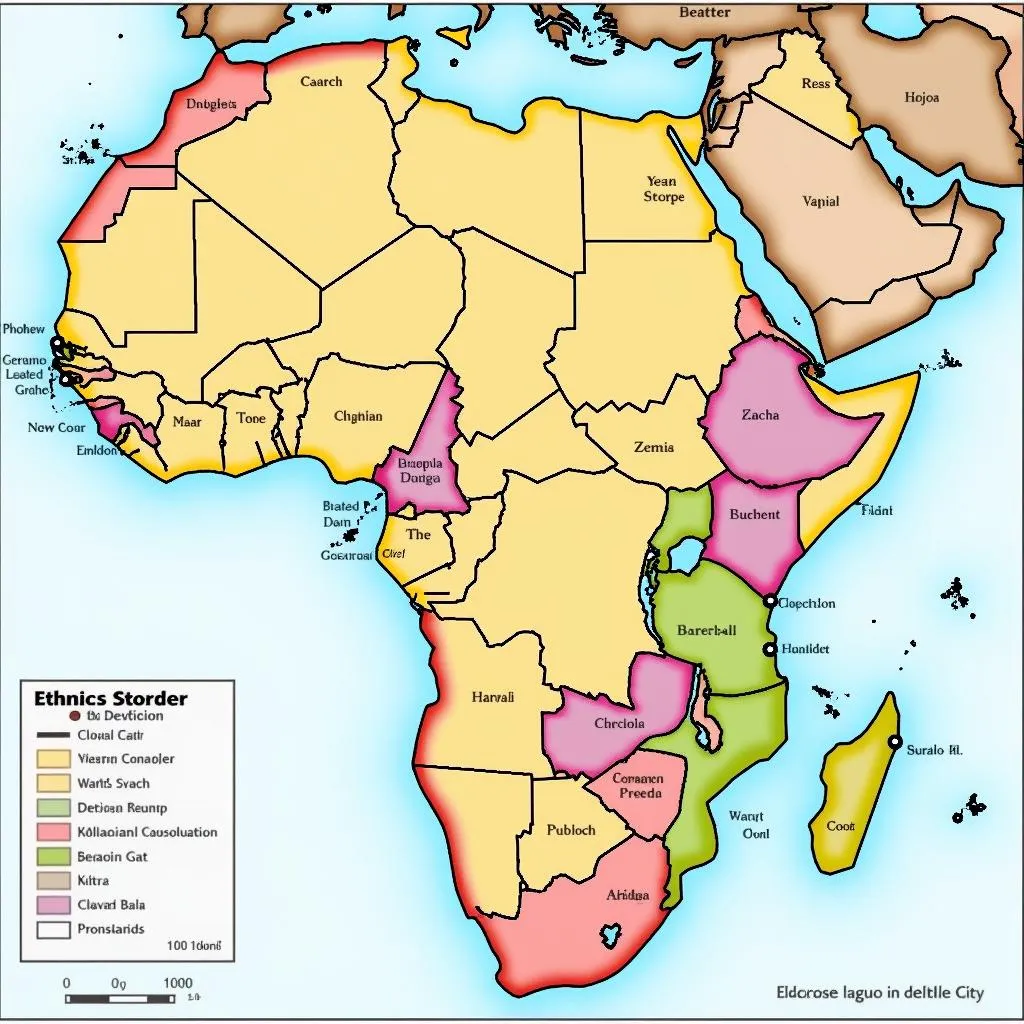What is African Hair Called? Unraveling the Rich Terminology and Traditions
African hair, often called “kinky,” “coily,” or “textured,” boasts a unique beauty and complexity that reflects the continent’s diverse cultures and heritage. Understanding what African hair is called, and the significance of these names, requires delving into its rich history, varied styles, and the cultural practices that have shaped its identity. This journey will uncover more than just names; it will reveal stories of tradition, resilience, and self-expression woven into every strand.
Exploring the Diverse Terminology of African Hair
The terminology surrounding African hair can be complex, reflecting both historical perceptions and evolving understanding. While terms like “kinky” and “wooly” were once prevalent, and often carried negative connotations, today, more empowering and accurate descriptions are embraced. Terms like “coily,” “curly,” “textured,” and “Afro-textured” are increasingly used, highlighting the natural beauty and variations within African hair types. Within different African communities, even more specific names and classifications exist, reflecting the nuances of hair texture, styling, and cultural significance.
For instance, in some communities, intricate braiding styles are given specific names, reflecting not only the visual pattern but also the social status or occasion for which they are worn. These names, passed down through generations, are a testament to the rich cultural heritage associated with African hair. This cultural connection is also evident in the use of natural ingredients and traditional practices for hair care, reflecting a deep respect for nature and ancestral wisdom.
After this insightful look into terminology, you might also be interested in learning more about African Cocoyam, a staple food with a rich history. african cocoyam
Traditional African Hairstyles: A Window into Culture
Traditional African hairstyles are far more than just aesthetic choices; they are powerful statements of cultural identity, social status, and spiritual beliefs. From the intricate cornrows of the Himba people of Namibia to the elaborate braided crowns of the Yoruba in Nigeria, each style tells a story. These hairstyles, often adorned with beads, shells, and other ornaments, serve as visual markers of age, marital status, and even clan affiliation.
Moreover, the process of hairstyling itself is often a communal activity, strengthening social bonds and transmitting cultural knowledge from one generation to the next. The intricate patterns and techniques involved in creating these styles require patience, skill, and a deep understanding of hair texture and manipulation. This knowledge, often passed down through oral tradition and practical demonstration, represents a valuable cultural asset.
The Science of African Hair: Understanding its Unique Properties
What makes African hair distinct is its unique structure and composition. Characterized by tight curls and coils, African hair has a lower density compared to other hair types, which can make it appear thinner, but in reality, it is often quite strong. The elliptical shape of the hair follicles contributes to its characteristic curl pattern, while the distribution of melanin and sebum (natural oil) influences its texture and moisture retention.
Understanding the science behind African hair is crucial for developing appropriate hair care practices. Due to its unique structure, African hair requires specific moisturizing and protective techniques to maintain its health and prevent breakage. The tight curls can make it difficult for sebum to travel down the hair shaft, leading to dryness and requiring the use of natural oils and moisturizing products.
How is African Hair Cared For Traditionally?
Traditional African hair care practices often involve the use of natural ingredients, passed down through generations. Shea butter, coconut oil, and various plant extracts are commonly used to moisturize, strengthen, and protect the hair. These practices not only nourish the hair but also connect individuals to their cultural heritage. For example, the use of black soap, made from the ash of locally harvested plants, is a common practice in West Africa, known for its cleansing and purifying properties.
These traditional methods offer valuable insights into sustainable and natural hair care practices that are becoming increasingly popular globally. Moreover, they highlight the deep connection between culture, nature, and self-care within African communities. You can also learn fascinating details about African Dog Breeds in this wiki article. african dog breeds wiki
What are Some Common Misconceptions About African Hair?
Several misconceptions surround African hair, often stemming from a lack of understanding and historical biases. One common myth is that African hair is difficult to manage. While it requires specific care and attention, with the right knowledge and techniques, African hair can be healthy, vibrant, and versatile. Another misconception is that it doesn’t grow long. In reality, African hair can grow to significant lengths, but its coiled nature can make the growth appear less obvious.
Addressing these misconceptions is essential for promoting positive self-image and celebrating the diversity of hair types. By understanding the unique characteristics and needs of African hair, we can appreciate its beauty and challenge harmful stereotypes. Learn about the fascinating world of African Bubas and their unique customs. african bubas
Conclusion: Celebrating the Beauty and Diversity of African Hair
From its varied terminology to its rich cultural significance, African hair represents a tapestry of traditions, resilience, and self-expression. Understanding what African hair is called is just the beginning of a journey into a world of intricate styles, natural remedies, and a deep-rooted connection to heritage. By celebrating the diversity and beauty of African hair, we embrace a broader understanding of beauty and cultural identity. The continued exploration of African hair care traditions and the science behind its unique properties empowers individuals to embrace their natural hair and celebrate its rich heritage. Explore a related topic regarding skin pigmentation changes. african american skin getting darker
FAQ
- What is the most common term for African hair? While there’s no single universal term, “Afro-textured,” “coily,” “curly,” and “textured” are increasingly preferred over older terms.
- Why are there so many different names for African hair? The diversity of African cultures and languages contributes to the varied terminology, reflecting specific hair textures and styles.
- Are there traditional methods for caring for African hair? Yes, many traditional practices involve natural ingredients like shea butter and coconut oil.
- Is African hair difficult to manage? No, with the right knowledge and techniques, it can be healthy and versatile.
- What are some traditional African hairstyles? Cornrows, braids, twists, and locs are just a few examples, each with its own cultural significance.
- How does the structure of African hair differ from other hair types? It has a tightly coiled structure and elliptical-shaped follicles.
- Why is it important to understand African hair terminology? Using respectful and accurate language promotes inclusivity and celebrates diversity.
Common Situations and Questions:
Situation: You’re unsure what products to use for your specific African hair type. Question: What are the best products for 4c hair?
Situation: You’re looking for a protective style for your African hair. Question: What are some low-maintenance protective styles for natural hair?
Situation: You want to learn more about traditional African hair care practices. Question: What are some traditional African hair care remedies for dry hair?
Further Exploration:
For more information on related topics, explore our articles on African Gorilla Facts. african gorilla facts
Contact Us
Need assistance with your African hair journey? Contact us! Phone: +255768904061, Email: kaka.mag@gmail.com or visit us at Mbarali DC Mawindi, Kangaga, Tanzania. Our customer care team is available 24/7.

